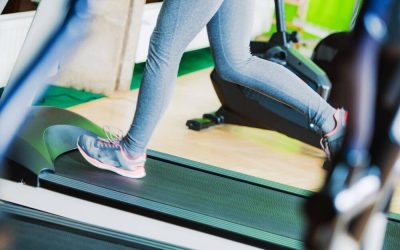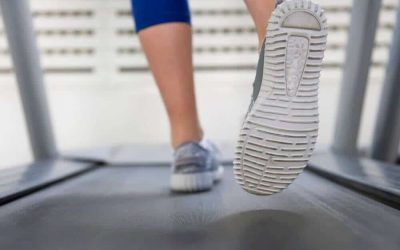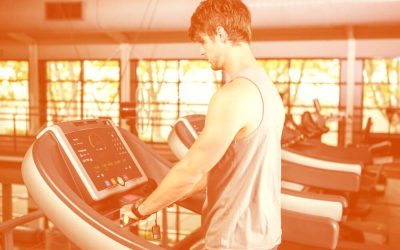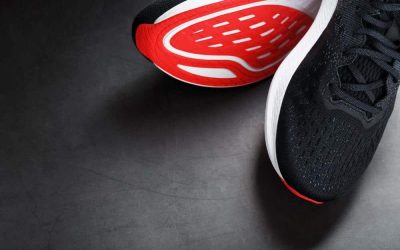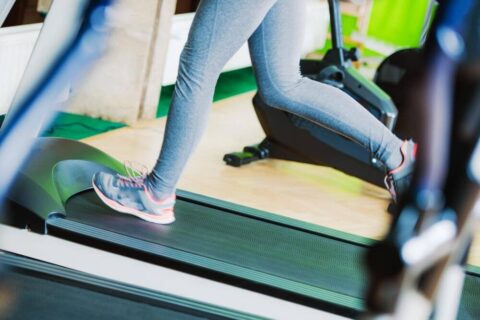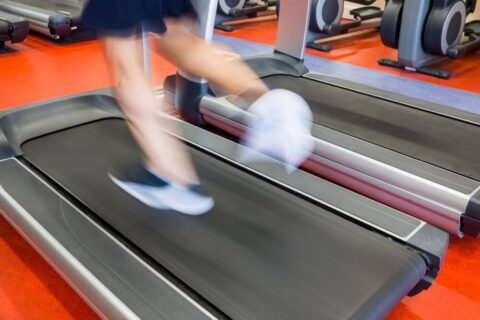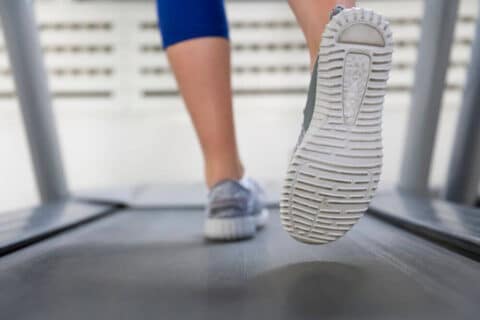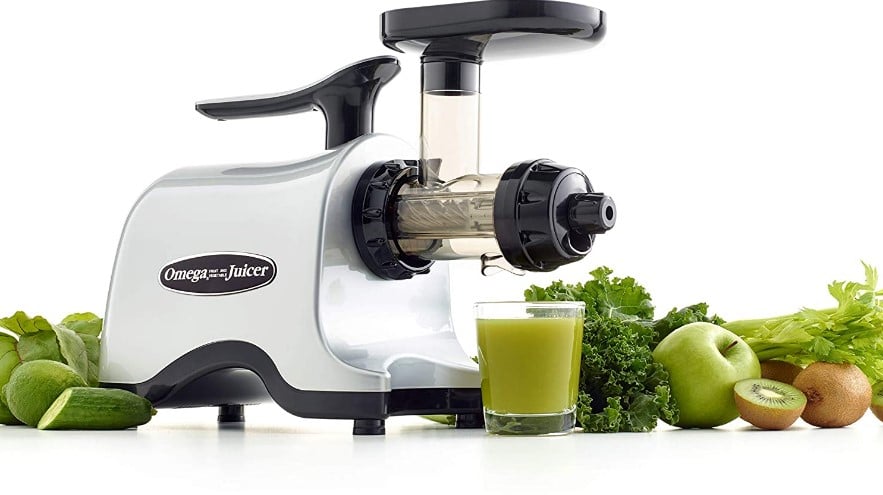I’ve read everything about treadmill running and I have one question about how to absorb the shocks from a moving treadmill. From personal experience, I know that it is easier to start running on a moving treadmill than being off of a moving treadmill. So then, how do you transition from this smooth surface when you run outside? I wanted to improve my skills in going from easy (moving) surfaces to tough (in motion) surfaces.
Read More: 9 Best Shock Absorbing Treadmill Reviews – Buyer’s Guide & FAQs
Contents
How do you absorb shocks from a treadmill?
This is similar to the feeling when riding on an elevator or escalator: the incessant jiggling of your body even though you’re standing still.
Treadmill machines are designed for runners who don’t run outdoors much–or at least don’t run outside when the ground is wet and/or covered in snow. For most people, it’s easier to start on a moving treadmill because you can get your rhythm down before you start going faster than an easy jog, which gives you more time to gradually adjust to running on a slick surface.
It’s Better Indoor?
Some experienced runners say they actually do their workouts better indoors so they have less distraction from traffic, wind, weather, etc., plus the treadmill has a regular pace that allows them to focus on form rather than speed.
Think of the motion of a moving treadmill as similar to riding an escalator or elevator; even though it seems like you’re standing still while it moves up or down, there’s actual movement that isn’t just jiggling. And just like you feel jiggled in an escalator, your body is also moving up and down slightly on the treadmill.
Surface Matters
If you’re a runner who doesn’t run on slippery surfaces much during outdoor training (at least not too often), it may be easier to start with the treadmill set at an easy pace that feels comfortable. That way, you won’t have to deal with other issues while trying to figure out how to handle this kind of surface as well; if it’s been a while since you’ve run outside in the winter when there was snow or mud, for instance, then starting indoors will allow your body some time to adjust before going faster over a slick surface outdoors where weather conditions can be more unpredictable and/or more difficult to handle.
Safe and Easy
One of the best things about treadmills is that they’re a safe way for people who are injured or have physical limitations to continue running, and it’s easy and cheap (in terms of equipment) to set up for a home gym. Many runners run on treadmills regularly throughout the year because it’s easier to control their pace and terrain if all they want is a basic workout without distractions; plus, running on a treadmill offers steady footing when you get tired toward the end of your typical tempo run.
Cushioning In a Treadmill Machine
The newer treadmills have better shock absorption technology, which could mean less impact while you’re working out. If you’re just starting out indoors, check out a treadmill that has tubular steel rails and high-density foam cushioning, which helps keep your body from bouncing around–and taking the shock away from your joints.
Read More: 10 Best Cushioned Treadmills for Your Desk – Buyer’s Guide and FAQs
On a treadmill machine, you can increase or decrease the cushioned effect by increasing or decreasing the level of impact absorption at different speeds and inclines; it’s especially helpful to check out a treadmill before buying to see if it will offer enough protection for how you like to run.

If you think you’re going to spend most of your time running on smooth surfaces, then look for one with an option that let’s you adjust the amount of resistance; if there aren’t any hills close where you live that have steep climbs (such as in San Francisco or Seattle), then you may be better off with a treadmill that gives you more options for hills and downhill sections, at least when it comes to how you maintain your training throughout the winter.
Some treadmills have more cushioning than others; just like other types of exercise equipment, there’s an inherent tradeoff between weight and quality. Lower quality models tend to weigh less but don’t offer enough cushioning, while higher-end models do a good job of protecting your joints but can weigh up to 300 pounds or so (which is something you might need to consider if you’d need help moving it).
Treadmill Shock Absorption Technology
Many treadmills include technology that reduces the impact on your joints; this can be especially helpful if you’re overweight or run with bad form. If you want a treadmill that will take care of your knees, then look for one with shock absorption in all three dimensions: vertical and horizontal cushioning to help reduce impact not just when going up and down but also side-to-side (or front-to-back) movement. This kind of cushioning prevents excessive load on your body by making it easier to absorb shocks so that your joints aren’t overwhelmed by jiggling while moving at high speeds over uneven surfaces.
Read More: 10 Best Treadmills For Bad Knees in 2021 – Reviews & Buying Guide
If possible, get a sample of what makes the cushioned belt sturdy without being too rigid to offer protection–like a rubber mat that hosts a cushioning material (instead of using just one kind of cushioning). Even if you don’t know anything about shock absorption technology, it should be obvious whether the belt feels too hard or too easy to run on by how it responds when you step onto it and make slow movements; ideally, you want a balance between rigid and squishy so that the treadmill isn’t bouncing you around while you’re running.
Running in Winter Over Snowy Terrain
If you’d ever like to try running over snowy surfaces during the winter once in awhile for fun or training purposes, then look out for treadmills with at least four inches of clearance underneath them; this will help your weight get distributed better when using machines that are lighter and easier to move.
It’s also a good idea to look for treadmills that have wide base support; this will prevent the machine from toppling over when you’re running in high winds, snow or ice.
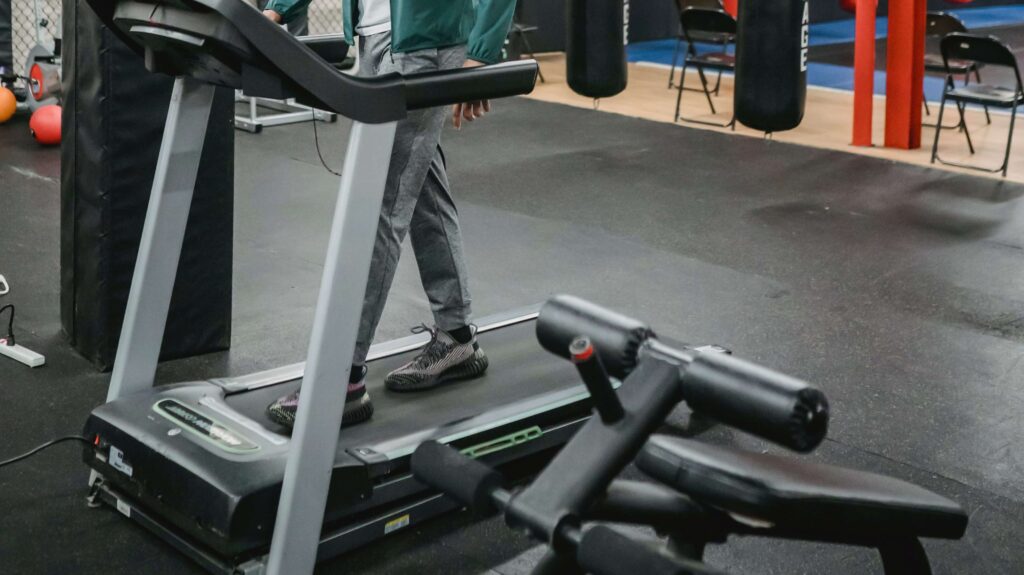
What To Look For In A Treadmill that Absorbs Shock
Below are some common materials used to make cushioned belt surfaces:
Rubber mat combined with corrugated plastic
This kind of material makes up most basic treadmills, and unlike the others it’s not too squishy or hard to run on comfortably. If you find that your machine has a more comfortable surface, then don’t be afraid to try running on it.
Rubber mat combined with foam
These mats will typically be softer than plastic/rubber ones–ideal for people who like soft surfaces; better exercise equipment tends to have both cushioning materials (like rubber + foam) so that users can fine-tune how they’d like their treadmill experience–just remember that the thicker the cushioning is, the bulkier and heavier the treadmill will tend to be.
Rubber mat combined with gel pads
Similar to cushioned mats, this will usually give you some flexibility in controlling how soft or hard the running surface feels.
Foam
Generally pretty soft, but not as good at absorbing shocks–it won’t always be bad (you might like it if you run slowly) but for faster speeds and jogging, there are better materials available.
Final Words
Make sure that the cushioning doesn’t seem loose by hitting hard against your feet–this can cause unnecessary pressure on your joints. If you do find a model with some padding underneath it, feel free to try stepping on it barefoot to see if this is something you’d want to skip using in favor of just wearing socks; while the extra comfort will make running more enjoyable, it may shift around too much when you’re actually exercising (if so, you can always buy a softer mat to lay underneath).

Additional Advice: The Right Shoes for Treadmills
For those who prefer running outdoors, you may not know about the benefits–and disadvantages–of using treadmills. If you’re used to road running, then particularly in bad weather it’s best not to transition immediately into treadmill running because of how much your feet will hurt if they have not adjusted yet. The cushioning on pavement is much harder than what you’ll find on machines that absorb shock; even though some people might like this feeling better (like runners who are heavy/overweight) other people won’t enjoy the jarring sensation from moving too quickly over hard surfaces. If you’re accustomed to outdoors running and want to transition into machines, here are some tips you should follow:
Start off slow by walking at a brisk pace for about five minutes
what you’re trying to do is let your feet adjust slowly so that they don’t become too worn down or sore. If this doesn’t work, then try putting on socks with cushioned heels (like Dr. Scholl’s) for additional comfort; if your feet still hurt after an hour of exercising in this manner, then stop because it would be wise to take the rest of the day off before trying again the following day.
Choose better shoes
Some people might find that using cushioned running sneakers will severely restrict their range of movement due to how much more support they provide. If this is the case, then perhaps you should make sure to wear flexible running shoes that have good soles and are designed for running on hard surfaces. The best treadmills will pair up well with these shoes because the surface of most machines will give you a lot of cushioning while not restricting your stride; generally speaking, it’s good to choose padding over stiffness when it comes to shoes.
Put two or three inches of foam underneath your feet
If your treadmill has a tendency to vibrate excessively, then you could try cutting out squares from common pieces of foam (like mattresses) and putting them underneath where your feet hit against the machine. This should provide some extra cushioning so that as the moves back and forth, your feet won’t hurt as much–you may even want to put a few different layers underneath for maximum comfort.
If you have arthritic knees, then be careful
When using the treadmill, many people will place their hands on the sides of the machine’s railings or beam so that they can stabilize themselves while running. But if you’re older (over 50), this might not be such a good idea because it could strain your joints; instead of handrails, maybe try putting your hands against the side panels of the device so that you don’t accidentally fall forward when moving at faster speeds.


